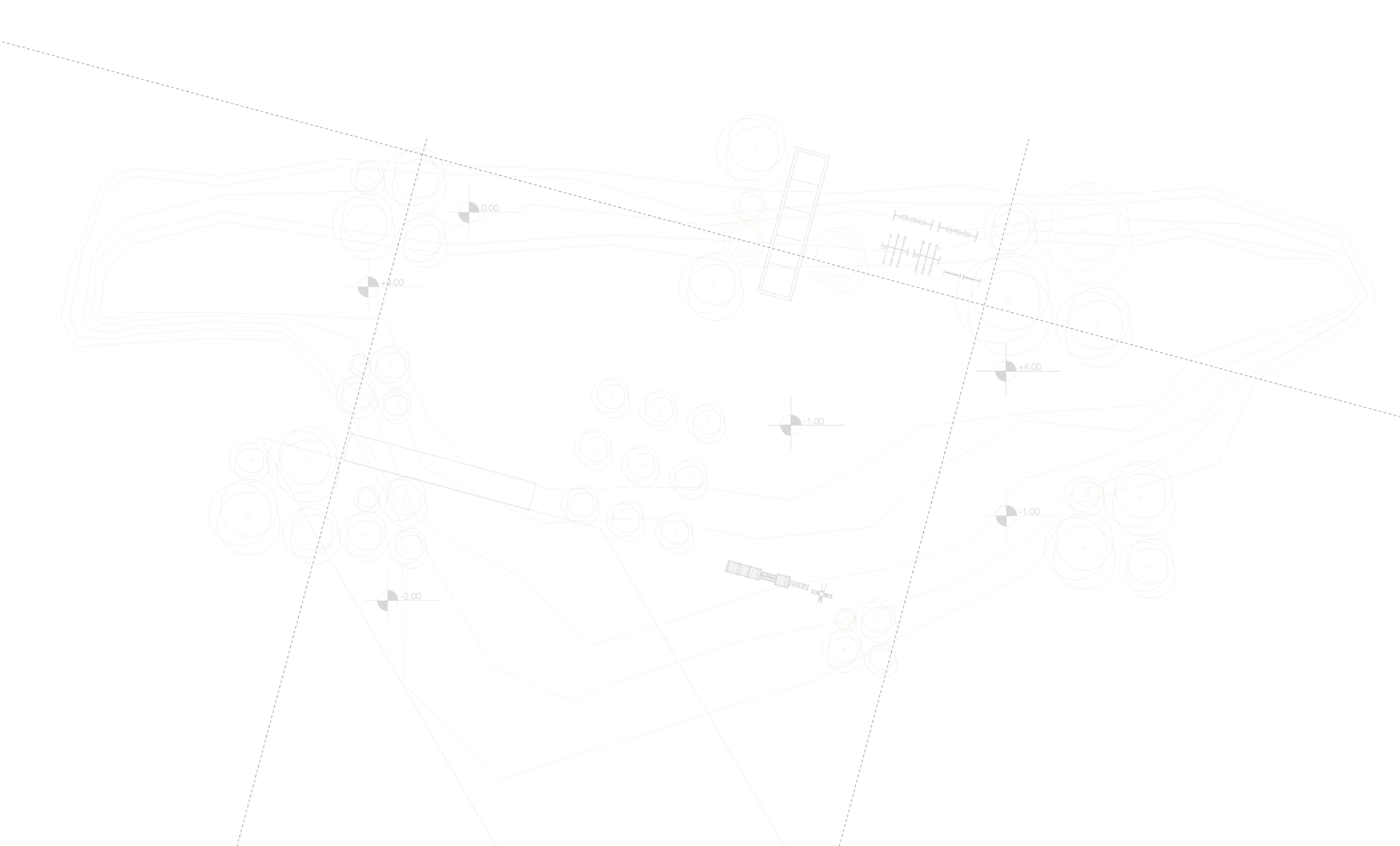Material Calculations in Landscape Design: How to Measure and Plan Accurately
- Red Oak

- Apr 26
- 2 min read

Accurate material calculations are critical to any successful landscape project. Whether estimating soil for planting beds, gravel for pathways, or mulch for garden beds, understanding how to properly measure and convert materials ensures that projects stay on budget and perform as intended.
One of the most important skills in material planning is the ability to calculate cubic volume — and then apply that measurement to real-world material needs.
1. Understanding Cubic Feet and Cubic Yards
Most landscaping materials — such as soil, mulch, decomposed granite, gravel, and concrete — are sold by volume. Two common units are:
Cubic Feet (ft³): A measurement of volume (length × width × depth).
Cubic Yards (yd³): A larger measurement of volume, used for bulk materials.
Conversion:1 cubic yard = 27 cubic feet (since 3 ft × 3 ft × 3 ft = 27 ft³).
2. How to Calculate Cubic Feet
To calculate the volume of a material needed:
Formula:
Length (ft) × Width (ft) × Depth (ft) = Cubic Feet
Example:A landscape bed that is 10 feet long, 4 feet wide, and needs 0.5 feet (6 inches) of mulch 10 × 4 × 0.5 = 20 cubic feet
3. Converting Cubic Feet to Cubic Yards
Since many suppliers sell by the cubic yard, it’s important to convert:
Formula:
Cubic Feet ÷ 27 = Cubic Yards
Example:From the above, 20 cubic feet ÷ 27 = approximately 0.74 cubic yards.In practice, it would be rounded up to 1 cubic yard to account for compaction and coverage irregularities.
4. Common Applications in Landscape Design
Material calculations impact a variety of landscape elements:
Mulch for Garden Beds: Provides weed suppression and moisture retention.
Soil for Raised Beds: Requires careful volume planning to ensure proper fill.
Gravel for Walkways: Needs to be calculated based on depth and area to ensure proper coverage and stability.
Decomposed Granite for Patios: Requires exact thickness for durability and drainage.
Concrete Footings and Pads: Accurate volume ensures proper structural support without material waste.
Important Tip: Always add 5–10% extra material to calculations to account for settling, compaction, or minor measurement discrepancies.
5. Depth Guidelines for Common Materials
Different materials require different standard depths for effective application:
Mulch: 2–3 inches deep
Topsoil for Lawn Areas: 4–6 inches deep
Gravel for Paths: 3–4 inches deep (plus an additional base layer if needed)
Decomposed Granite for Patios: 3–4 inches compacted thickness
Selecting the correct depth is essential to meet both aesthetic and functional goals in the design.
Accurate material calculations form the backbone of a smooth-running landscape project. By understanding basic volume formulas and applying them carefully to each element of the design, landscape professionals and homeowners alike can save money, minimize waste, and achieve better, longer-lasting results.





Comments